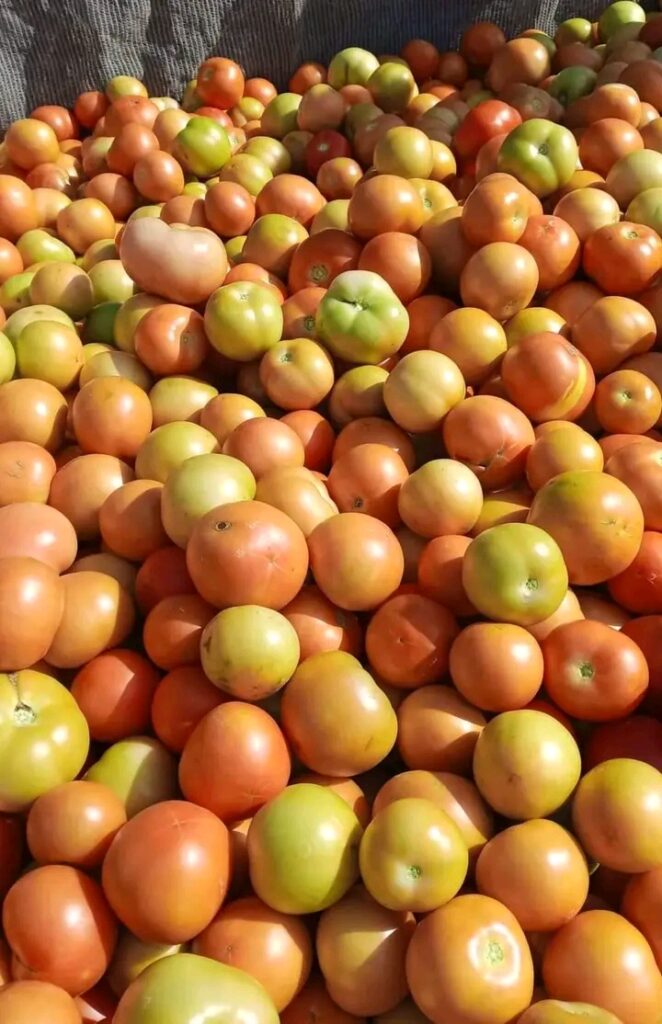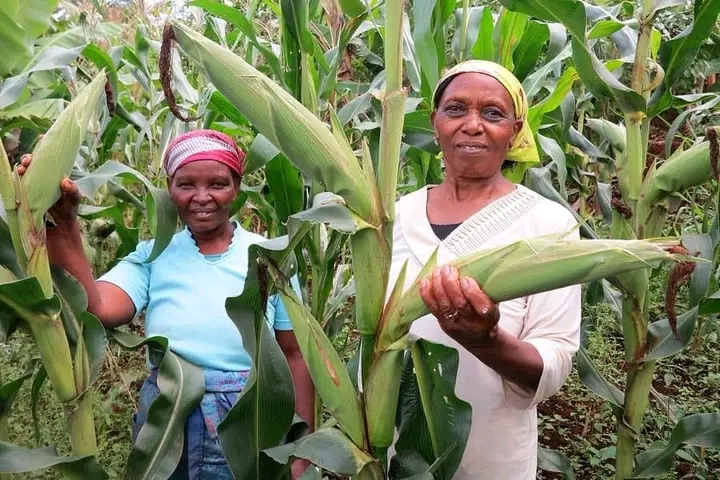
Farming by tractor is an old and trusted practice followed by farmers across the globe. However, as the world population continues to grow, the demand for food is also increasing. As a result, modern farming methods have been developed to complement farming tractors and ensure maximum yield and efficiency. In this blog post, we will discuss four popular modern farming methods gaining popularity among farmers.
- Precision Farming:
Precision farming, also known as satellite farming, is a modern farming method that uses technology to manage crop production. This method uses data analysis, satellite imagery, and sensors to understand crop health, soil moisture, and nutrient levels. Farmers can use this information to create custom farming plans that optimise crop yield and reduce waste. Precision farming also ensures your farming equipment is put to the best use for maximum yield.

One of the benefits of precision farming is that it reduces the use of pesticides and fertilisers, which can harm the environment. This method also reduces water usage by using sensors to monitor soil moisture levels. Overall, precision farming has revolutionised the agricultural industry by providing farmers with data-driven insights to improve crop production.
- Hydroponics:
Hydroponics is a farming method that grows plants in a nutrient-rich water solution instead of soil. This method allows for year-round crop production and can be used in urban areas where space is limited. Hydroponics also reduces water usage compared to traditional farming methods because the water is recycled throughout the system.
One of the benefits of hydroponics is that it allows farmers to control the nutrient levels of the plants, resulting in higher yields and better-tasting crops. This method also eliminates the need for pesticides and herbicides since the plants are grown in a controlled environment.
- Aquaponics:
Aquaponics is a farming method that combines aquaculture (fish farming) with hydroponics. This method uses fish waste to fertilise the plants, and the plants purify the water for the fish. This creates a closed-loop system that reduces waste and provides both fish and crops for consumption.
Aquaponics is a sustainable farming method that requires less water and land than traditional farming methods. It also produces two products, fish and crops, making it more profitable for farmers. This method is gaining popularity in urban areas where space is limited and access to fresh produce is limited.

- Vertical Farming:
Vertical farming is a modern farming method that grows crops vertically in stacked layers. This method allows for year-round crop production and can be used in urban areas where space is limited. Vertical farming also reduces water usage compared to traditional farming methods because the water is recycled throughout the system.
One of the benefits of vertical farming is that it allows farmers to control the environment in which the plants are grown, resulting in higher yields and better-tasting crops. This method also eliminates the need for pesticides and herbicides since the plants are grown in a controlled environment. Vertical farming is also energy-efficient since LED lights can be used to provide light instead of sunlight.
In conclusion, modern farming methods are revolutionising the agricultural industry by providing farmers with data-driven insights and sustainable farming options. Precision farming, hydroponics, aquaponics, and vertical farming are just a few examples of modern farming methods that are gaining popularity among farmers. These methods increase efficiency, reduce waste, and provide fresh and sustainable produce for consumers.
Not all farmers have the bandwidth and access to these modern technologies, and they prefer to choose some tried and tested methods such as crop rotation, multiple crop farming, etc. And wherever there’s a farm and a tractor is needed for optimum agriculture, Indo Farm tractor company is the first name that comes to every farmer’s mind.






